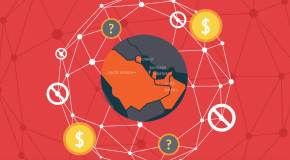The technologies of telehealth are advancing quickly as part of the ‘connected care’ revolution. Patients and health providers are ever more closely linked through real-time electronic tools. From digital imaging to allow remote viewing of CT scans, through to patient diagnosis, videoconferencing and monitoring, these tools could touch all aspects of the patient-provider relationship.
Much of the promise of telehealth is predicated on its ‘access’ benefits: the improved access of the patient to medical expertise regardless of location, and improved access of health providers to their patients, for the purpose of diagnosis, consultation and monitoring. Yet access to telehealth depends not only on telehealth technology. Policy frameworks must be modernised, communications infrastructures such as broadband and mobile network coverage must be improved, and skillsets – both of clinicians and patients – need to be strengthened. This briefing paper outlines three factors shaping the telehealth access environment: government readiness (e.g. legal and regulatory clarity and harmonisation, especially across states and borders), communications infrastructure, and skills.






